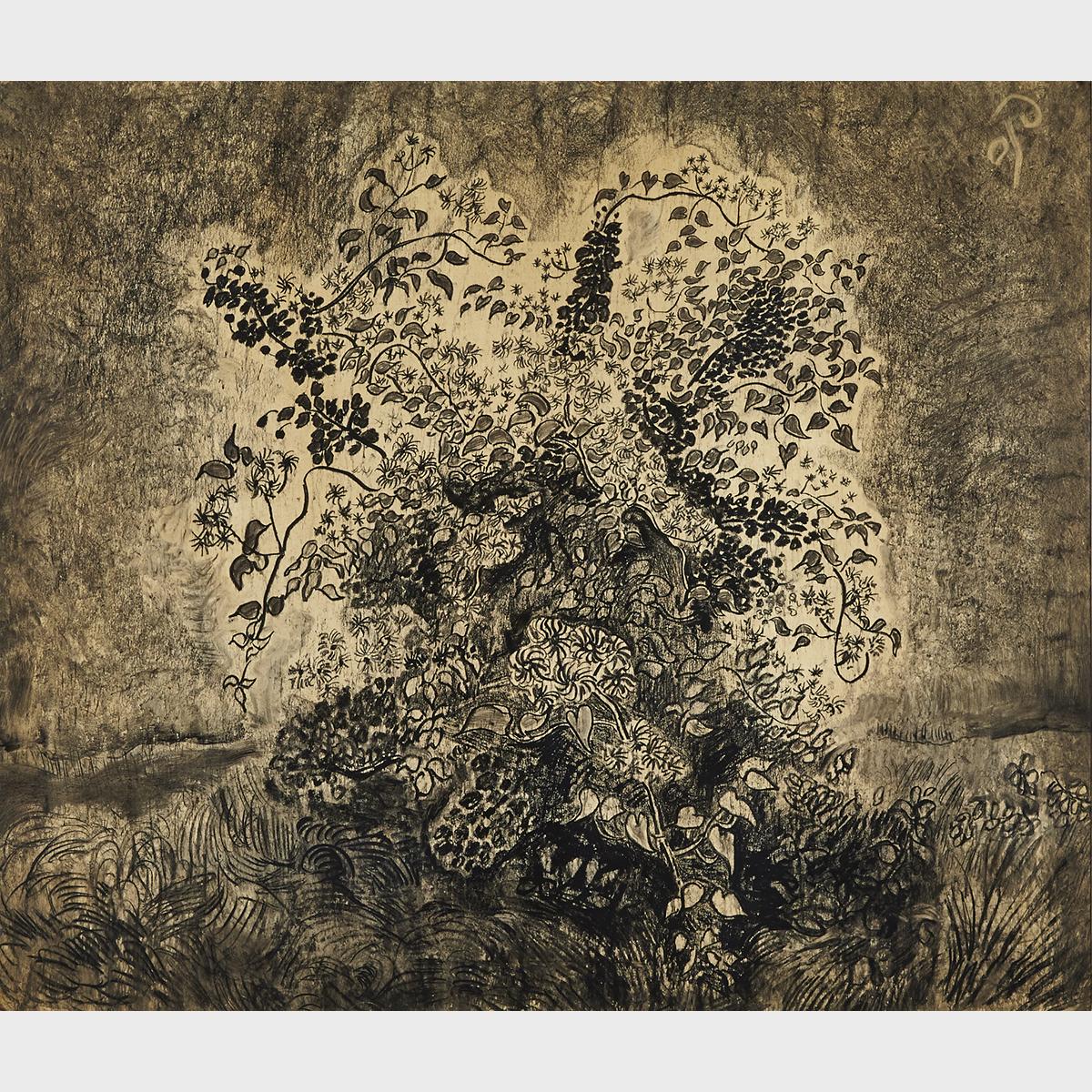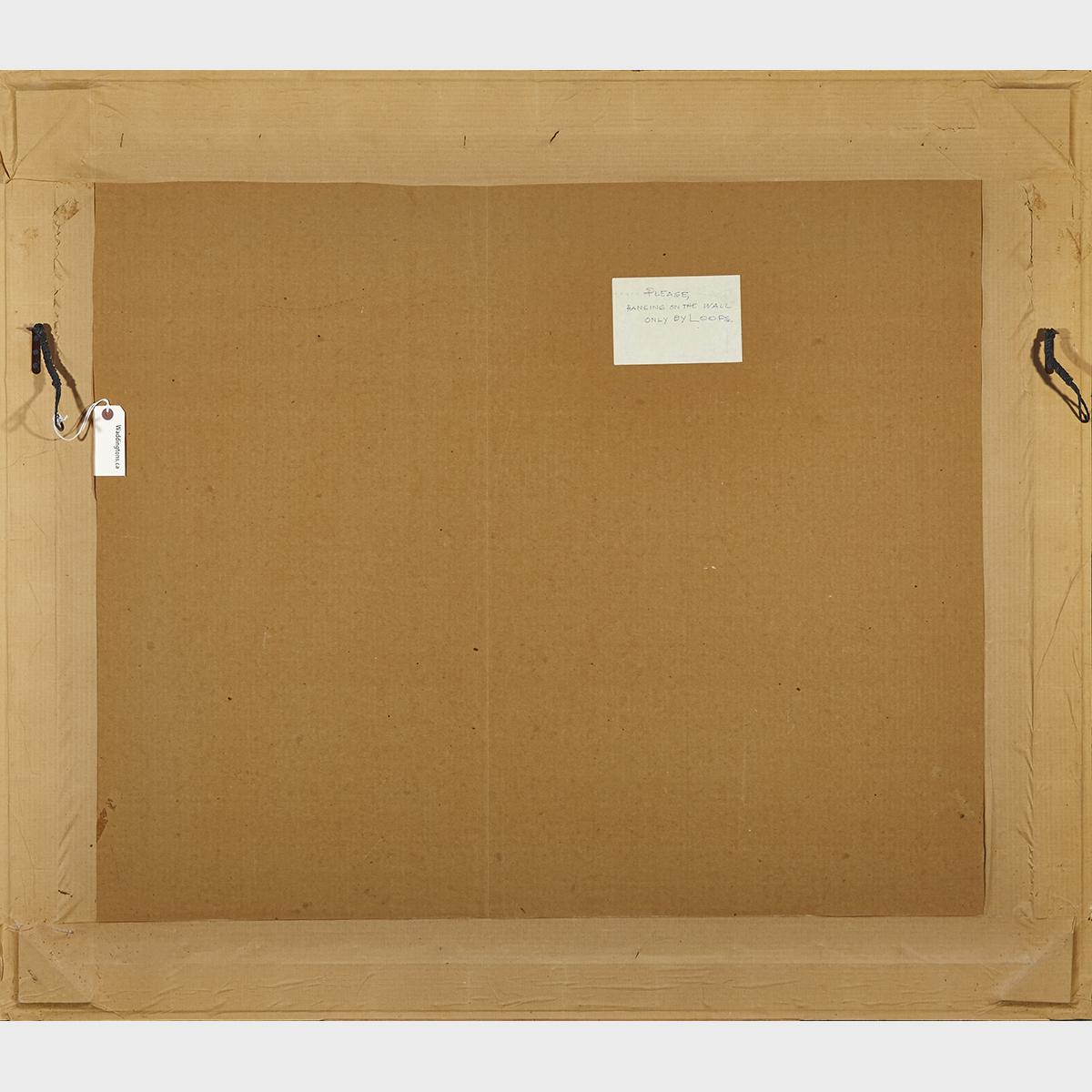Lot 496
Otto Pankok (1893-1966)

Lot 496 Details
Otto Pankok (1893-1966), German
STILL LIFE WITH FLOWERS, CIRCA 1940
Charcoal drawing on paper; signed with initials upper right
Together with Rainer Zimmermann’s hard cover book: “Otto Pankok”, Rembrandt Verlag Berlin, 1964
Sheet 38.5" x 44.75" — 97.8 x 113.7 cm.
Estimate $7,000-$9,000
Additional Images

Provenance:
Purchased by Mr. Ludwig Leitz, Germany, circa 1945;
Gifted to his cousin, Enya Keylwerth in 1957 who had immigrated to Midland, Canada;
By descent to her daughter, Toronto in 1962
Literature:
For further reading about the historic Leitz family see Knut Kuhn-Leitz’s book: “Ernst Leitz Wegbereiter Der Leica”
Note:
Otto Pankok was a German painter, printmaker and sculptor born in Mulheim on the Ruhr who began his formal art training in 1912 at the Art Academies in Dusseldorf and Weimar. From 1914-1917, he was a soldier in France in WWI. Returning to Düsseldorf in 1919, he was a founder of the "Junge Rheinland" (Young Rhineland) group with Otto Dix, Gert Heinrich Wollheim, Adolf Uzarski, and others. When Hitler came to power in 1933, Pankok was declared a degenerate artist. Subsequently, 56 of his pictures were seized from museums, some of which were included in the infamous exhibition Entartete Kunst
(Degenerate Art), mounted by the Nazis in Munich in 1937.
Ernst Leitz II, the son of Ludwig Leitz, was a Protestant patriarch who headed the closely held firm Leitz, later known as Leica Camera, Germany. As the Holocaust loomed across Europe, he acted in such a way as to earn the title “the photography industry’s Schindler”. To help his Jewish workers and colleagues, Leitz quietly established what has become known among historians of the Holocaust as “the Leica Freedom Train” a covert means of allowing Jews to leave Germany in the guise of Leitz employees being assigned overseas. It is now the subject of a book, “The Greatest Invention of the Leitz family: The Leica Freedom Train” (pub. American Photographic Historical Society, 2002).


